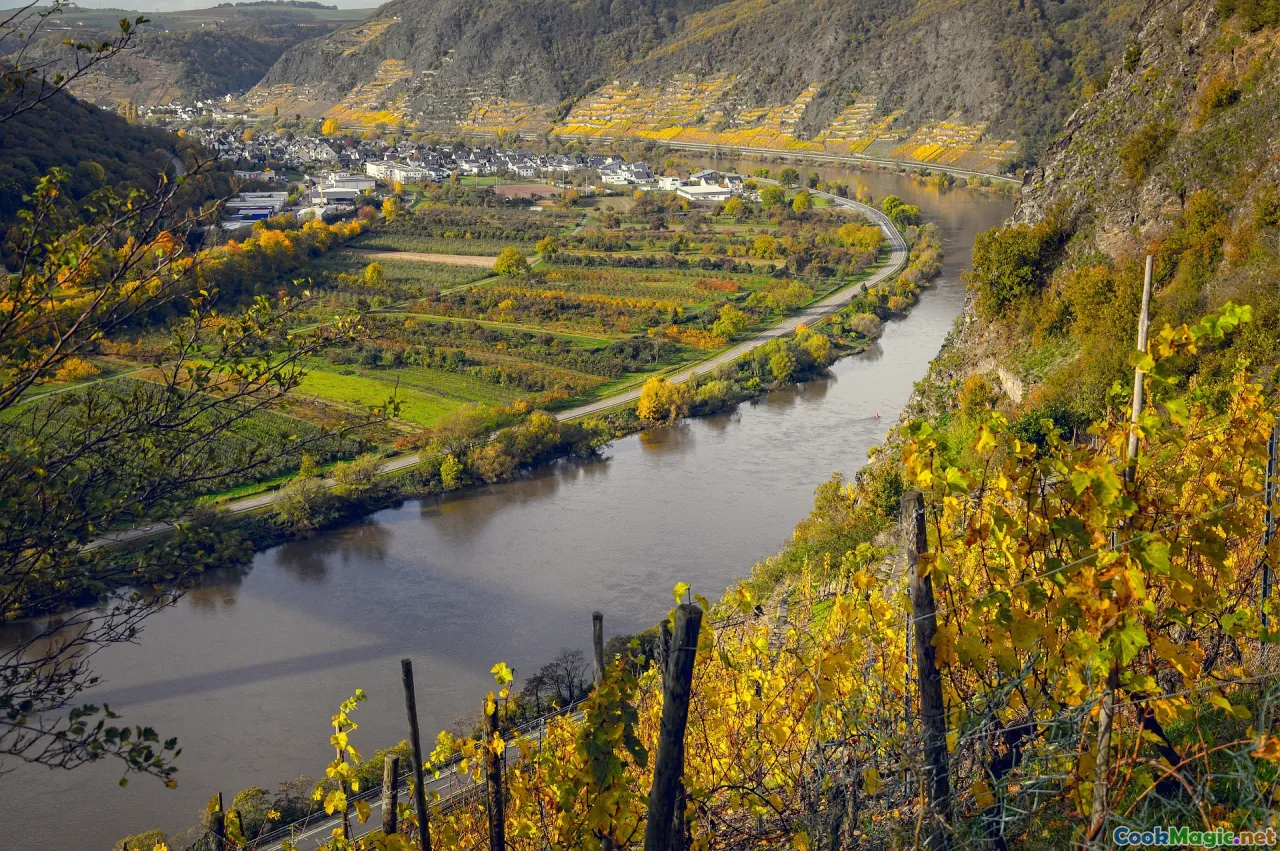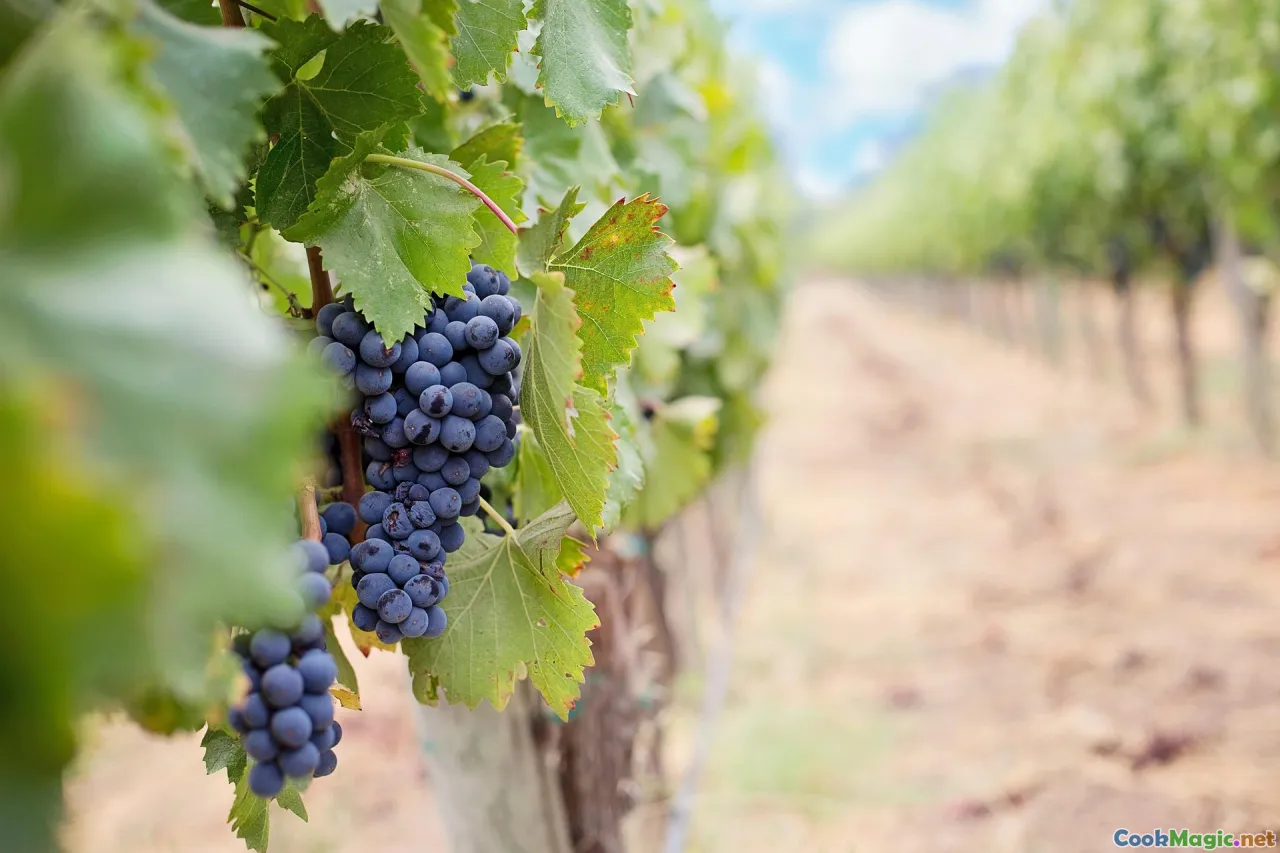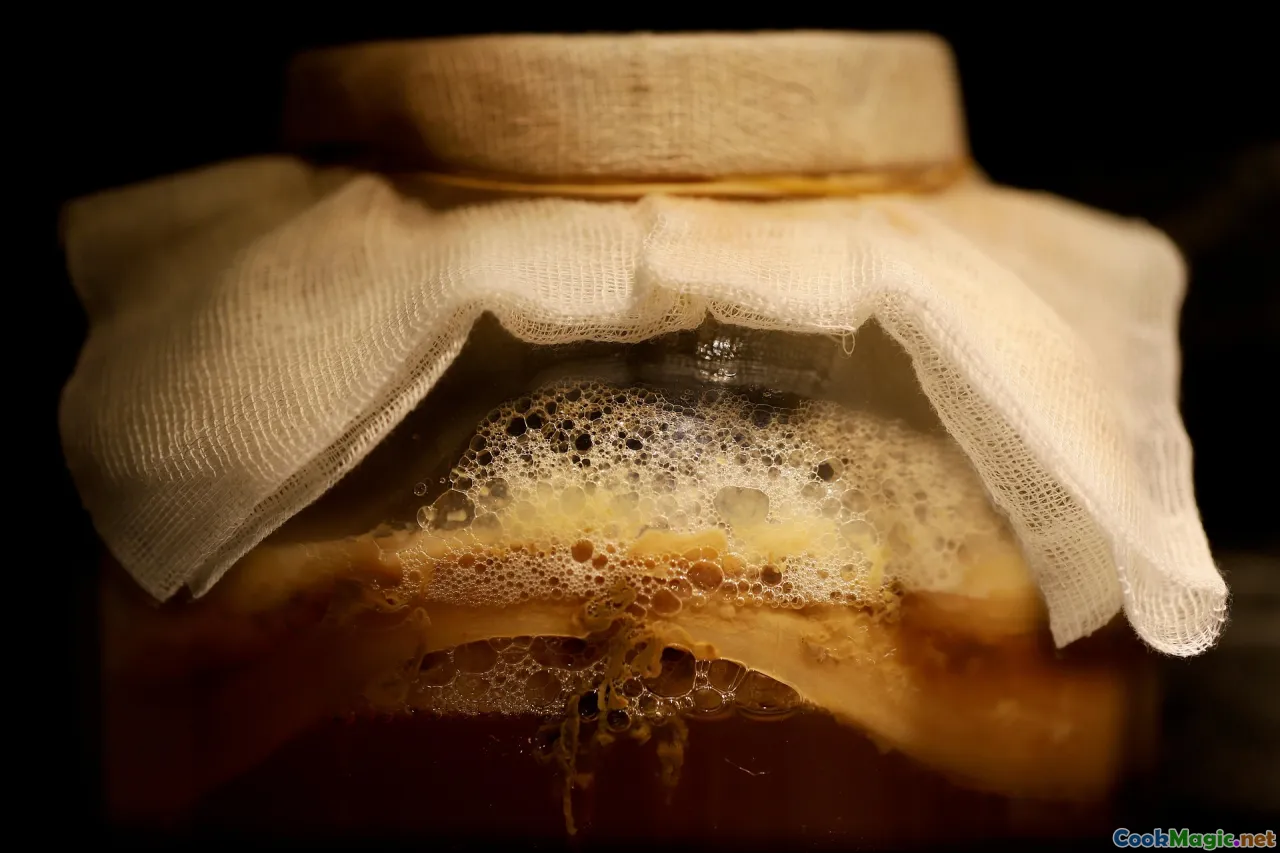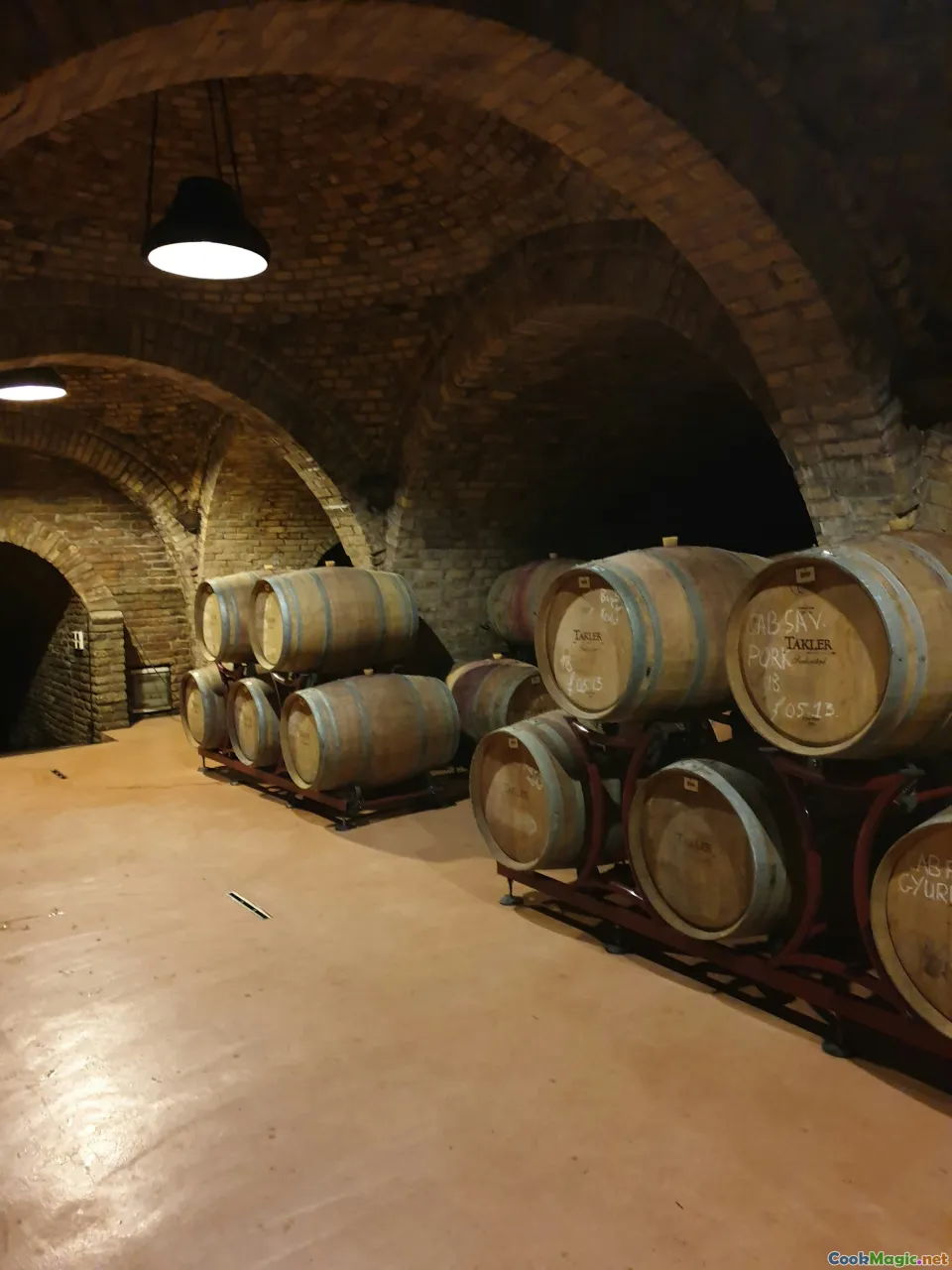Georgian Wines and the Tradition of Qvevri Aging
10 min read Explore Georgia's unique Qvevri wine aging process and its cultural significance in traditional Georgian cuisine. July 03, 2025 09:05
Georgian Wines and the Tradition of Qvevri Aging
Imagine walking through the lush vineyards of Kakheti, Georgia's renowned wine region, where the aroma of ripe grapes mingles with the earthy scent of ancient soil. As the sun dips below the Caucasus Mountains, your senses are alive with anticipation—not just for the delicious wine to come, but for a journey into a centuries-old tradition that embodies Georgia's soul: the art of qvevri wine making.
The Heart of Georgian Wine Culture: A Legacy Rooted in the Earth

Georgia stands as one of the oldest winemaking countries in the world, a cradle of viticulture dating back over 8,000 years. Unlike modern wine regions that rely heavily on stainless steel tanks or oak barrels, Georgia champions a method that is as ancient as the hills themselves—fermentation and aging inside large clay vessels called qvevris.
Qvevri wine is more than just a beverage; it is a living artifact woven into the cultural fabric of Georgia. These enormous clay urns, sometimes as wide as a person’s height and up to several meters deep, are buried in the earth, creating a natural temperature regulation system that is both energy-efficient and inseparable from the land.
The Art and Science of Qvevri Wine Making

Creating wine in a qvevri is a meticulous process blending craftsmanship, tradition, and a deep understanding of nature. Harvested grapes—often indigenous varieties like Saperavi, Rkatsiteli, and Kisi—are carefully crushed, sometimes by foot, to preserve integrity.
The crushed grapes, along with stems, skins, and seeds, are then transferred into the qvevri. Unlike modern methods that separate these components, in traditional Georgian winemaking, the whole cluster remains together, imparting a complexity of tannins and aromas. This mixture ferments naturally, thanks to wild yeasts present on grape skins and in the environment.
During fermentation, the cellar master, or "qvevri maker," monitors the temperature and activity, often using a traditional wooden paddle called a "tba," to gently stir the mixture. This gentle agitation helps extract color, flavor, and tannins while maintaining the balance of fermentation.
Once fermentation is complete, the skin cap—floating grape skins—must be regularly submerged to ensure full extraction. This phase can last several months, during which the wine develops layers of aroma: deep berry, wild earth, wildflowers, and a hint of spice.
After the aging period, the wine is often racked directly from the qvevri without filtration, preserving its natural character. The result is a wine that embodies a profound sense of place—a vivid reflection of Georgia’s terroir.
Sensory Voyage: Tasting Qvevri-Aged Wines

Tasting a qvevri-aged wine is an immersive experience. The first sip reveals a bold, unfiltered richness, with a velvety texture that coats the palate. Expect deep garnet hues suggesting centuries of tradition, complemented by complex aroma layers: ripe cherry, blackcurrant, hints of smoky earth, dried herbs, and sometimes a whisper of eucalyptus or wild herbs.
The tannins are pronounced yet refined, often softened by the lengthy contact with skins and seeds. Acidity remains vibrant, giving the wine freshness despite its deep, introspective dark fruit profile.
This wine's unfiltered nature means you may notice sediment—a sign of its natural integrity. Swirling the wine releases an aromatic symphony that can evoke memories of forest floor walks after rain, mineral-rich stones, and wildflowers blooming in spring.
Celebrating Cultural and Personal Significance

In Georgia, wine is not merely consumed—it's celebrated as an essential component of social and religious life. Qvevri wines are often served at supra—the traditional Georgian feast where a host elevates songs, toasts, and stories alongside the wine.
To the Georgians, each sip is a bond that connects ancestors with the present. The customs surrounding wine involve ceremonial toasts, called "k Stroba," demanding respect and reverence. Incorporating qvevri wines into your culinary journey means embracing a tradition that emphasizes community, history, and harmony with nature.
Discovering the Places and People Behind the Wine

Visiting Georgia’s wine regions offers an intimate glimpse into this ancient craft. Small family wineries often still employ traditional methods, with artisans physically shaping and sealing each qvevri by hand. The warmth of these encounters—hearing stories from winemakers while tasting fresh, just-fermented wines—creates a visceral connection that distinguishes Georgian wine from any other.
Some notable wineries worth exploring include Pheasant’s Tears and Schuchmann Winery, both dedicated to preserving and innovating within the qvevri tradition. These places serve as living museums, where tradition and modernity dance together.
Tips for Appreciating and Incorporating Qvevri Wines into Your Cuisine
How to Serve and Enjoy
- Temperature: Pour qvevri wines slightly below room temperature, around 15-18°C (59-64°F), to highlight their complexity.
- Decanting: Because of sediment, a delicate decanting process helps showcase the wine’s beauty.
- Glassware: Use wide, bowl-shaped glasses to allow full aromatic appreciation.
Culinary Pairings
- Meat and Hearty Dishes: Stronger tannins complement grilled lamb, beef kebabs, or hearty stews.
- Cheese and Spicy Cuisine: Dried cheeses like sulguni or aged cheeses balance the wine’s fruitiness and earthiness.
- Traditional Dishes: Khachapuri (cheese-filled bread), Chakapuli (herbaceous lamb stew), or lobio (bean dishes) find their perfect match in these robust wines.
Buying and Storage
- Look for naturally made, unfiltered qvevri wines from reputable producers.
- Store bottles upright in a cool, dark place, avoiding temperature fluctuations.
- Savor naturally fermented wines within a year or two for vibrant freshness, or age them further for deeper complexity.
The Emotional Resonance of Georgian Qvevri Wines
There’s a unique poetry to a glass of Georgian qvevri wine. It speaks of resilience, patience, and a deep reverence for nature’s cycles. Each bottle contains not only the flavors of fermented grapes but also the lineage of generations who tilled the earth, tended their vineyards, and preserved a living tradition.
Drinking such wine can evoke a sense of rootedness—a tangible connection to history, to land, and to community. In our modern world of mass production, these wines remind us to slow down, savor flavors profoundly, and respect the artisanal craftsmanship.
Continuing the Journey
Whether you find yourself at a Georgia-themed dinner party, exploring local winebars that feature natural and traditional wines, or perhaps visiting Kakheti himself, embracing qvevri wine is embracing a cultural heartbeat that pulses with life. It’s a testament to human ingenuity and the beautiful harmony between man, earth, and vine—one sip at a time.
In a glass of Georgian wine, you taste not just the fruit, but centuries of tradition, resilience, and an unbreakable bond to the land. So raise your glass—and toast to the enduring legacy of Georgia’s ancient wine craft, a tradition that continues to inspire and enrich the culinary world.









